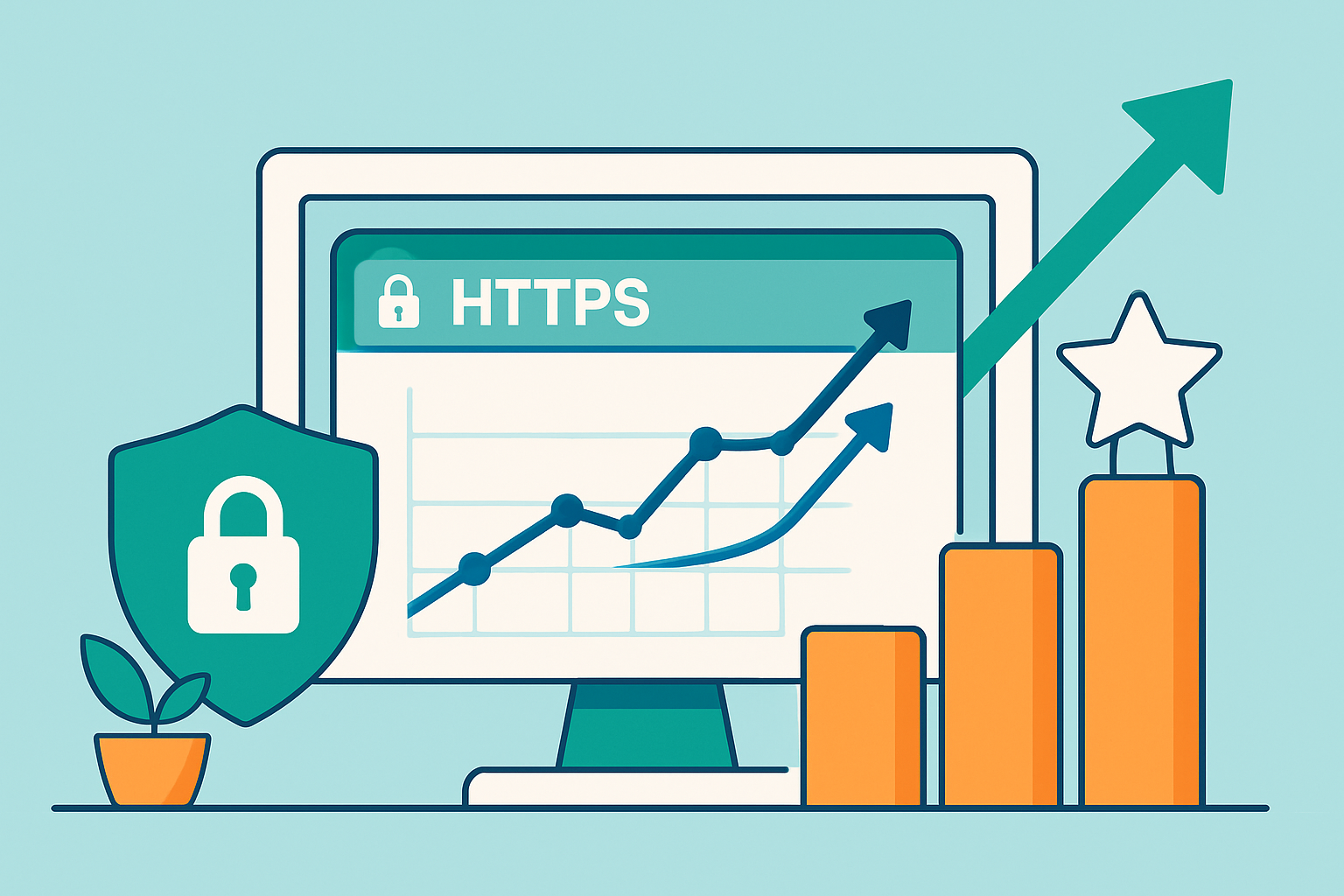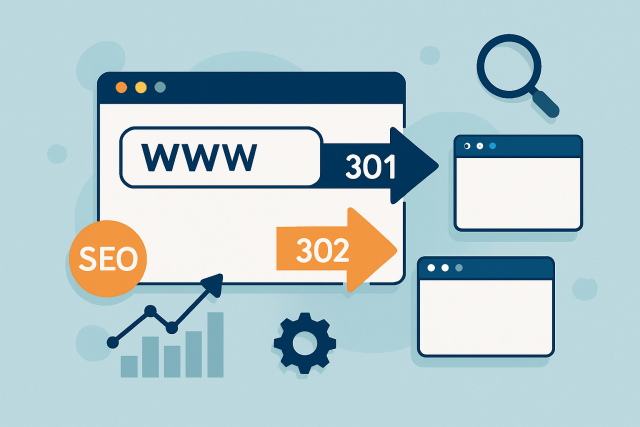
Practical tips for seo in single page application using Semrush
Discover actionable SEO strategies to optimize Single Page Applications effectively. Use Semrush too...

HTTPS plays a important role in websites today by not only boosting security but also giving users a much-needed peace of mind. It’s about more than just encrypting data it often lifts a site's credibility and can genuinely sway search engine rankings.
HTTPS, short for HyperText Transfer Protocol Secure, wraps the data exchanged between your browser and a website in a neat encryption blanket using SSL/TLS protocols.
Google has confirmed that HTTPS acts as a lightweight ranking signal giving secure sites a modest nudge up in search results. But it’s not just about rankings—HTTPS often boosts user experience by building trust and usually speeding up site performance.
Several case studies suggest that websites making the jump to HTTPS often see some pretty noticeable SEO perks, like climbing the rankings and attracting more visitors. Many sites report seeing better keyword positions just a few months after flipping the switch.

Chart illustrating SEO performance improvements following website migration to HTTPS
Switching to HTTPS definitely calls for a careful step-by-step approach to avoid nasty surprises with your SEO. This guide gently walks you through the key steps—starting with auditing your site, picking the right SSL certificate, updating links, setting up server redirects, and wrapping up with thorough testing.
Kick things off with a thorough site audit to map out all URLs, links and content that need to make the jump to HTTPS. This way nothing slips through the cracks.
Choose an SSL certificate that suits your actual needs whether that’s a Single Domain, Wildcard or the fancy EV certificates. Pick wisely because it’s not one size fits all.
Get that SSL certificate properly installed and configured on your web server. This step can be a bit finicky so take your time.
Update every internal link and resource so they point to their HTTPS counterparts since no one likes a broken chain.
Set up 301 redirects from the old HTTP URLs to their HTTPS twins to preserve your hard-earned link equity.
Refresh your XML sitemaps, robots.txt and hreflang tags so they’re all shining with HTTPS URLs.
Double-check your HTTPS setup for sneaky mixed content warnings, pesky redirect loops or how the page load speed holds up because performance matters.
Keep a close watch on traffic and rankings post-switch using tools like Semrush or Moz since it’s your early warning system for any unexpected hiccups.
When making the leap to HTTPS you’re bound to run into some technical SEO hurdles. Think duplicate content from both HTTP and HTTPS versions, mixed content warnings caused by insecure resources, and redirects that aren’t pulling their weight. All of these can seriously dent your rankings if left unchecked.
"Thorough testing after migration is absolutely essential. Even the smallest slip-up in redirects or a bit of mixed content can cause noticeable dips in your rankings—something I’ve seen trip up many a site. It’s wise to roll up your sleeves and run detailed audits to keep your SEO performance on an even keel."
Let's dive into some solid advice to keep your SEO game tight, especially now that you are on HTTPS. It’s not just about switching protocols—it's about playing your cards right to maintain that sweet spot in search rankings.
Keeping up with SEO performance when using HTTPS takes continuous effort—this is not a set-it-and-forget-it situation. Be sure to keep your SSL certificates fresh and up to date. Use HTTP Strict Transport Security (HSTS) headers wisely and focus on speeding up your site while on HTTPS. Also regularly check your site’s security and SEO metrics.
New technologies like HTTP/3 and TLS 1.3 are changing secure web communication by delivering faster speeds and tighter security. With search engines and browsers focusing more on privacy and safety, HTTPS is becoming a bigger player in SEO.

Discover actionable SEO strategies to optimize Single Page Applications effectively. Use Semrush too...

Learn how SSL SEO not only secures your website but also drives higher Google rankings by boosting t...

Confused by 301 and 302 redirects? This guide explains their differences, SEO effects, and how to us...

Confused about www vs non-www domains? This guide explains their differences, SEO impact, and how to...